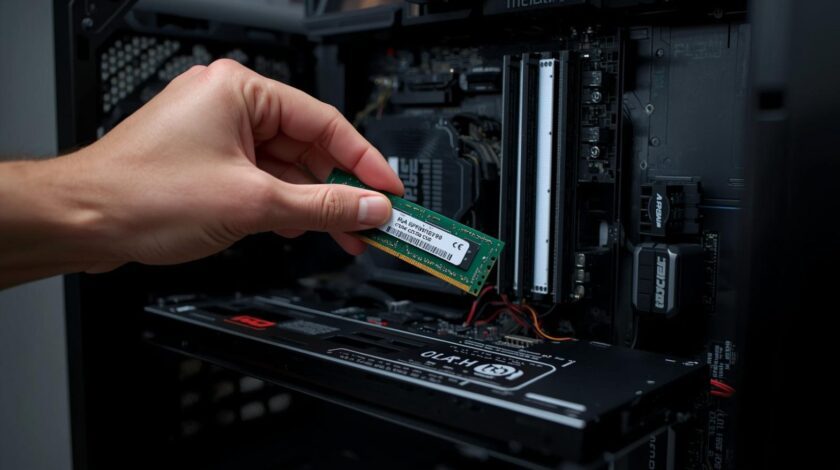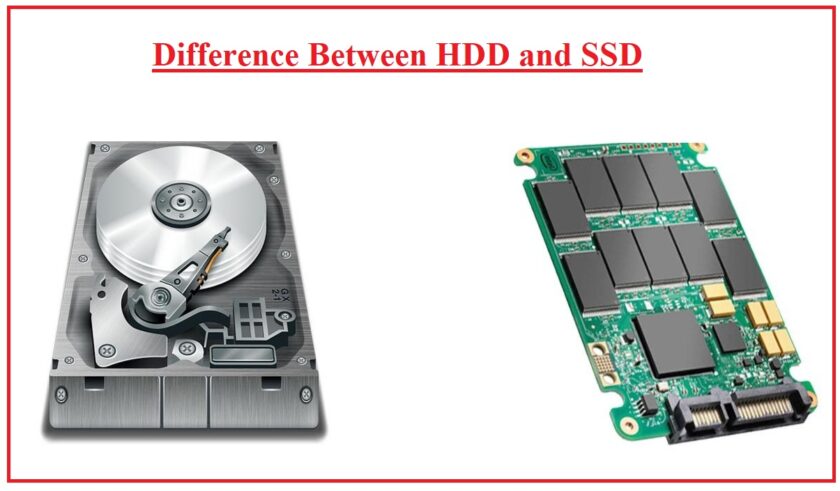IoT in healthcare, often referred to as the Internet of Medical Things (IoMT), is revolutionizing the healthcare industry by enabling connected medical devices and systems that enhance patient care, improve operational efficiency, and reduce healthcare costs. Through the integration of smart sensors, wearable devices, and real-time data analytics, IoT technology is transforming how healthcare services are delivered and monitored.
Here’s an in-depth look at IoT in healthcare, its benefits, applications, challenges, and future potential:
1. Benefits of IoT in Healthcare
- Remote Patient Monitoring (RPM):
- IoT devices allow healthcare providers to monitor patients remotely, collecting real-time data on vital signs such as heart rate, blood pressure, glucose levels, and oxygen saturation.
- Benefits:
- Reduces hospital visits and allows continuous patient care from home.
- Improves management of chronic diseases (e.g., diabetes, hypertension) by providing real-time alerts to both patients and doctors.
- Improved Diagnosis and Treatment:
- IoT-enabled diagnostic tools and wearable devices can help healthcare providers make more accurate diagnoses and treatment plans by providing continuous data streams.
- Benefits:
- Faster and more accurate diagnostics through data-driven insights.
- Personalized treatment plans based on individual patient data trends.
- Operational Efficiency:
- Hospitals and clinics use IoT devices for tracking medical equipment, managing inventory, and automating processes.
- Benefits:
- Reduces medical equipment loss and optimizes usage.
- Streamlines hospital operations and improves resource allocation.
- Reduced Healthcare Costs:
- By enabling early detection of diseases, reducing hospital readmissions, and improving chronic disease management, IoT helps reduce overall healthcare expenses.
- Benefits:
- Minimizes unnecessary in-patient visits and procedures.
- Lowers healthcare provider workload, allowing them to focus on critical cases.
2. Key Applications of IoT in Healthcare
a) Wearable Health Devices
- Smart Wearables: Devices like fitness trackers, smartwatches, and ECG monitors that collect health data such as heart rate, physical activity, and sleep patterns.
- Examples:
- Fitbit: Tracks daily activity, heart rate, sleep quality, and more.
- Apple Watch: Offers health monitoring features like ECG, blood oxygen levels, and fall detection.
- Benefits:
- Helps users track fitness goals, monitor chronic conditions, and share data with healthcare providers.
- Examples:
b) Connected Inhalers and Insulin Pens
- Smart Inhalers: These IoT-enabled devices help asthma and COPD patients monitor their inhaler use, track medication adherence, and manage symptoms.
- Example:
- Propeller Health Smart Inhaler: Tracks inhaler use and provides personalized insights for better asthma management.
- Benefits:
- Reduces the frequency of asthma attacks and improves medication adherence.
- Example:
- Connected Insulin Pens: Diabetic patients use these devices to track insulin doses and glucose levels in real-time.
- Example:
- NovoPen: Automatically records insulin dosage data and connects to an app for tracking.
- Benefits:
- Improves insulin management and ensures accurate dosing.
- Example:
c) Telemedicine and Remote Consultations
- Telemedicine Platforms: IoT devices facilitate virtual consultations, allowing patients to connect with doctors remotely using wearables or home-monitoring devices that transmit real-time health data.
- Example:
- TytoCare: Provides at-home telehealth solutions with IoT-connected examination devices.
- Benefits:
- Expands access to healthcare in remote or underserved areas.
- Reduces the burden on hospitals and clinics by offering virtual consultations.
- Example:
d) Smart Hospital Beds and IoT in Intensive Care Units (ICUs)
- Connected Beds: IoT-enabled hospital beds track patient movement, pressure points, and sleep patterns, helping nurses monitor patients more effectively.
- Benefits:
- Improves patient comfort and reduces the risk of bedsores.
- Alerts staff to patient movement, potentially preventing falls.
- Benefits:
- Smart ICUs: IoT devices in intensive care units monitor vital signs, adjust ventilator settings, and track patient progress in real-time.
- Benefits:
- Enables faster response to critical changes in patient health.
- Optimizes the use of ICU resources by providing automated data monitoring.
- Benefits:
e) Medication Adherence Monitoring
- Smart Pills: These are ingestible sensors embedded in pills that send signals to a wearable patch when the medication is taken.
- Example:
- Proteus Digital Health: Tracks when patients take their medication and shares the information with healthcare providers.
- Benefits:
- Ensures better adherence to medication regimens, especially for chronic conditions.
- Example:
f) Connected Imaging Devices
- Smart MRI and CT Scanners: IoT-enhanced imaging devices provide real-time analytics and automation, reducing the time required for scans and improving accuracy.
- Benefits:
- Delivers more precise diagnostic images.
- Reduces the need for repeated scans, lowering exposure to radiation.
- Benefits:
g) IoT for Elderly Care
- IoT-Enabled Monitoring Systems: For elderly or disabled individuals, IoT devices can monitor their daily activities and health, sending alerts to caregivers in case of emergencies.
- Example:
- CarePredict: Tracks the movement and daily activities of elderly individuals, providing insights into behavioral changes that may indicate health issues.
- Benefits:
- Improves quality of life for elderly patients by allowing them to live independently while being monitored.
- Example:
h) Smart Ambulances and Emergency Response
- Connected Ambulances: IoT devices in ambulances can transmit patient data to the hospital while en route, allowing doctors to prepare for the patient’s arrival.
- Benefits:
- Saves critical time by enabling doctors to begin diagnosis and treatment planning before the patient reaches the hospital.
- Benefits:
3. Challenges in IoT Healthcare
- Data Security and Privacy:
- IoT devices generate vast amounts of sensitive patient data, which makes them attractive targets for cybercriminals. Securing this data and ensuring privacy is a significant challenge.
- Solutions:
- Use encryption and strong authentication protocols for data transmission.
- Implement strict privacy policies and comply with regulations like HIPAA and GDPR.
- Interoperability:
- Many IoT devices come from different manufacturers and use different communication standards, making it difficult to ensure that devices and systems work seamlessly together.
- Solutions:
- Establishing industry-wide standards for IoT in healthcare to ensure interoperability.
- Use of API-based integrations and data exchange platforms.
- Cost and Infrastructure:
- Implementing IoT solutions requires significant investment in technology, infrastructure, and training. Smaller healthcare facilities may struggle to afford the high costs.
- Solutions:
- Gradual adoption of IoT technology, starting with the most critical applications.
- Encouraging partnerships between healthcare providers and tech companies to share costs.
- Regulatory Compliance:
- IoT devices in healthcare are subject to strict regulations, and manufacturers must ensure compliance with safety, privacy, and performance standards.
- Solutions:
- Working closely with regulatory bodies like the FDA to ensure devices meet healthcare standards.
- Regular audits and testing of devices to ensure safety and efficacy.
4. Future of IoT in Healthcare
- AI Integration:
- The combination of IoT and artificial intelligence (AI) will enable more advanced predictive analytics, allowing for proactive healthcare management.
- Example:
- AI algorithms can analyze data from IoT devices to predict potential health issues, enabling early intervention.
- 5G and IoT:
- The rollout of 5G networks will greatly enhance IoT capabilities in healthcare, offering faster data transfer speeds and lower latency. This will improve real-time monitoring and remote surgeries.
- Benefits:
- Near-instantaneous transmission of data, which is crucial for critical care situations like remote surgery or emergency response.
- Smart Hospitals:
- Future hospitals will be fully connected, with IoT devices monitoring patients, managing hospital infrastructure, and optimizing resource allocation in real-time.
- Example:
- Smart hospitals will use IoT to monitor patient movement, optimize bed usage, and manage energy consumption, leading to more efficient healthcare delivery.
- Blockchain and IoT:
- Blockchain technology will play a role in securing IoT-generated healthcare data, offering decentralized, tamper-proof storage of patient records.
- Benefits:
- Ensures that patient data is immutable and traceable, improving security and transparency in healthcare.
Conclusion
IoT in healthcare is ushering in a new era of connected, data-driven care that benefits patients, providers, and healthcare systems. By leveraging real-time data from wearable devices, smart sensors, and connected systems, IoT is improving patient outcomes, enhancing operational efficiency, and reducing costs. As the technology evolves, the integration of AI, 5G, and blockchain will further transform the healthcare landscape, providing even more personalized, efficient, and secure medical care.






